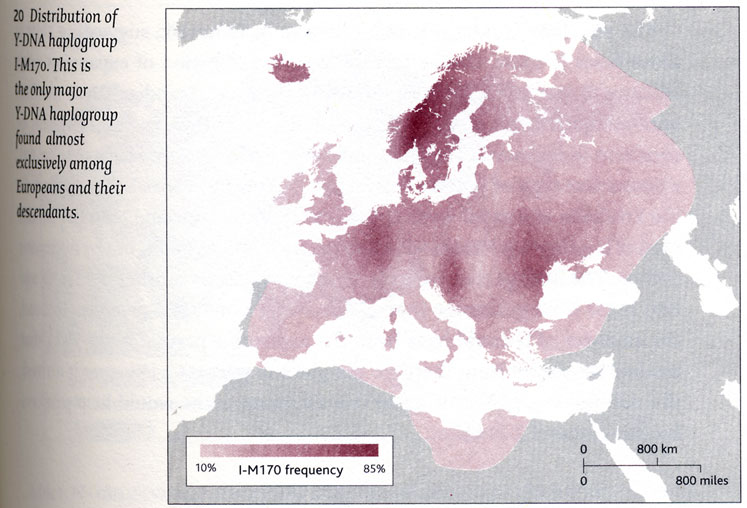








Milfield Grey's DNA
Five generations of Milfield Greys have attempted to prove that they were descended from Sir Edward Grey of Morpeth Castle, sharing an ancestor with the famous Greys of Howick, but without success. With new technology it is possible that there may be a means to make the connection. A Milfield Grey descendant has had his Y DNA tested with the 37 marker test by the American company familytreedna.com We have also tested a Middle Ord Grey descendant. Their common ancestor, 8 generations ago, was John Grey of Longhorsley born in 1710. They have turned out to be 97.28% likely to be related. Their DNA is I-M170. So far no other close matches have been made on the database. There is a Grey surname project attached to it. Most of the Grey/Grays in the Grey surname project are in haplogroup R-M269, but it is a very small database of only 284 members. In the haplogroup I 2 project , which has 291 members, there are a number of Scottish surnames like Wallace, Stewart, and Livingstone, but also names from Scandinavia, Germany, and further east although no close matches.
If a direct male descendant from the titled Northumberland Greys can be found, then perhaps we can prove or disprove the connection.
